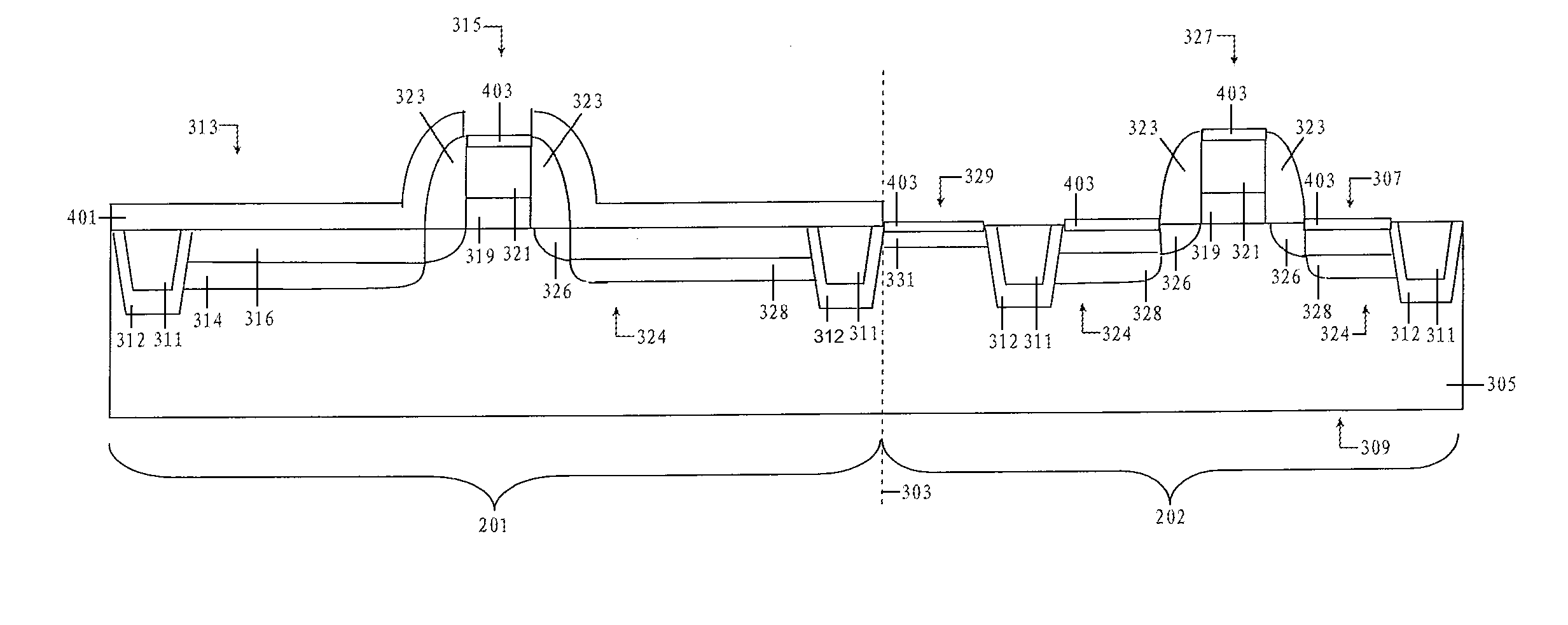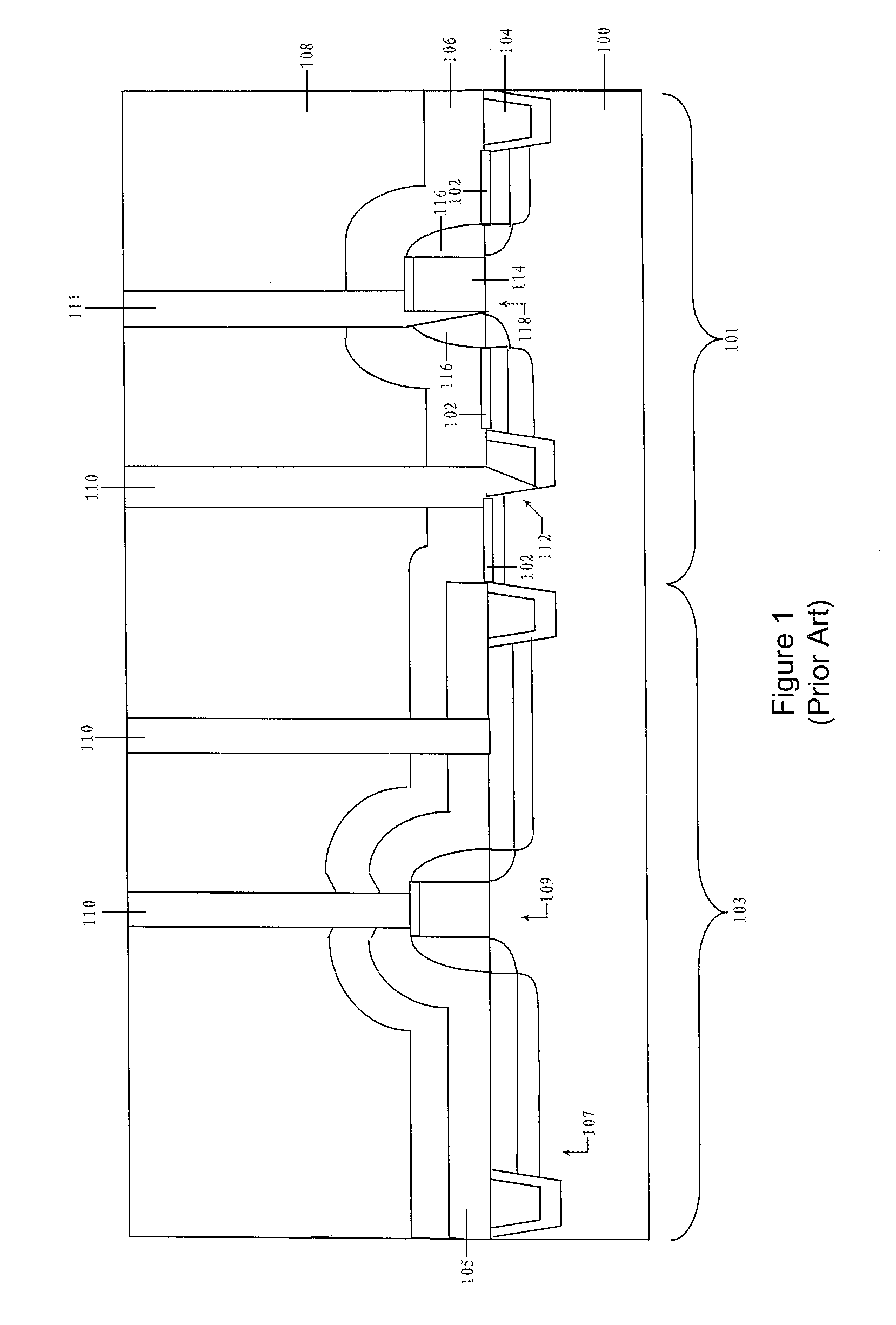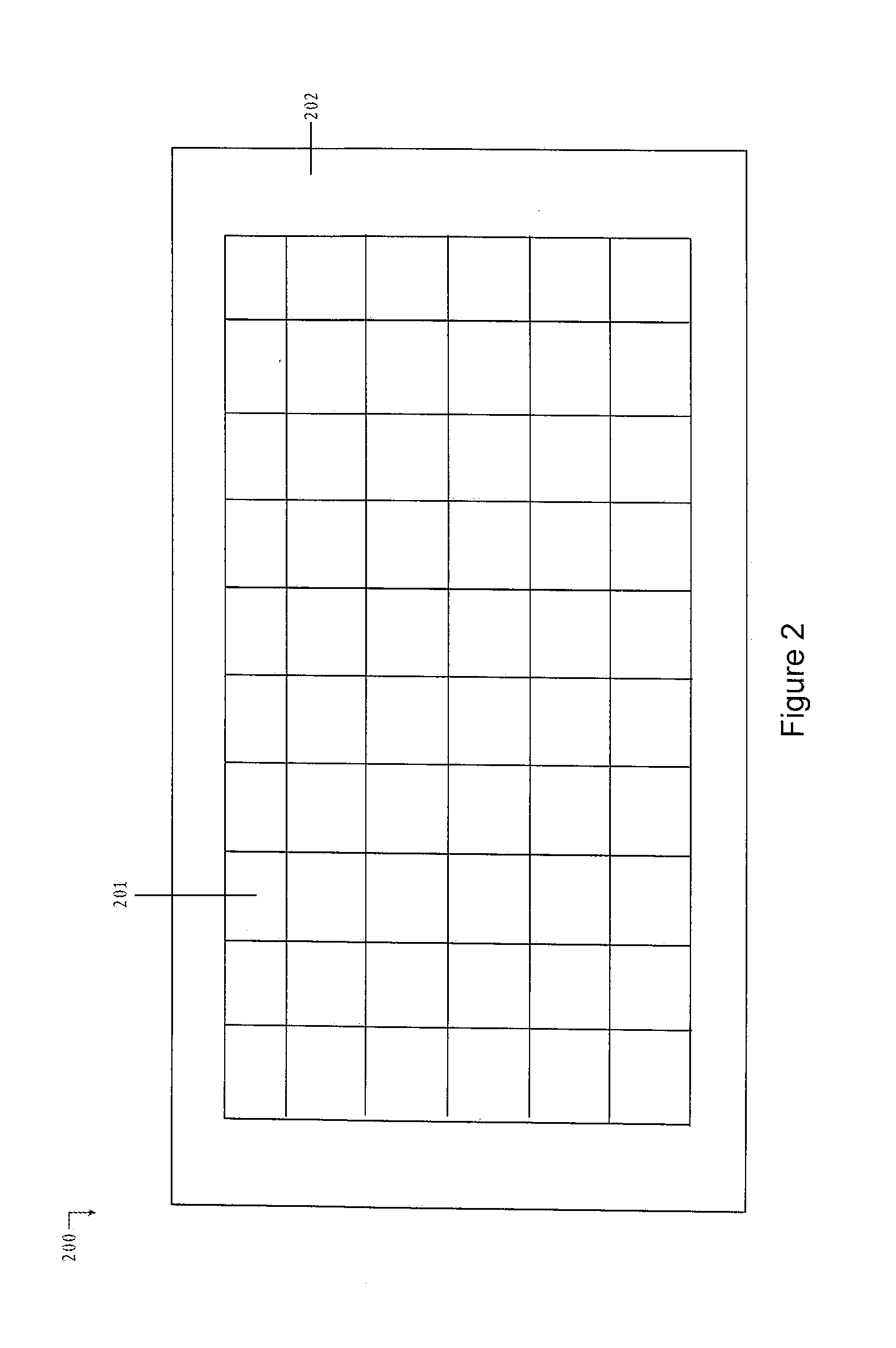Image Sensor Having Enhanced Backside Illumination Quantum Efficiency
a backside illumination and image sensor technology, applied in the field of image sensors, can solve the problems of incident light passing through the sensor, degrading the overall performance of pixels of the cmos image sensor, and pixel sensitivity for receiving incident light, so as to increase the quantum efficiency of the backside illumination image sensor, reduce or eliminate damage, and increase the reflectivity of materials
- Summary
- Abstract
- Description
- Claims
- Application Information
AI Technical Summary
Benefits of technology
Problems solved by technology
Method used
Image
Examples
Embodiment Construction
[0023]The making and using of embodiments of the present invention are discussed in detail below. It should be appreciated, however, that the present invention provides many applicable inventive concepts that can be embodied in a wide variety of specific contexts. The specific embodiments discussed are merely illustrative of specific ways to make and use the invention, and do not limit the scope of the invention.
[0024]With reference now to FIG. 2, there is shown an image sensor 200 which comprises a grid or array of backside illuminated pixel regions 201. Each pixel region 201 may comprises a photosensitive diode 313 (not shown in FIG. 2 but illustrated in FIG. 3) which generates a signal related to the intensity or brightness of light that impinges on the photosensitive diode 313.
[0025]The image sensor 200 also may comprise a logic region 202 located adjacent to the array of pixel regions 201. The logic region 202 may have additional circuitry and contacts for input and output conn...
PUM
 Login to View More
Login to View More Abstract
Description
Claims
Application Information
 Login to View More
Login to View More - R&D
- Intellectual Property
- Life Sciences
- Materials
- Tech Scout
- Unparalleled Data Quality
- Higher Quality Content
- 60% Fewer Hallucinations
Browse by: Latest US Patents, China's latest patents, Technical Efficacy Thesaurus, Application Domain, Technology Topic, Popular Technical Reports.
© 2025 PatSnap. All rights reserved.Legal|Privacy policy|Modern Slavery Act Transparency Statement|Sitemap|About US| Contact US: help@patsnap.com



